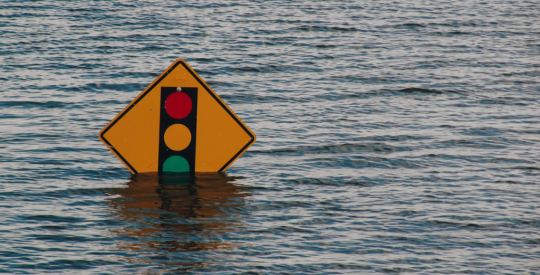Private equity-backed companies seem to be pulling through the financial crisis in better shape than other comparable business, especially issuers of speculative grade or high-yield debt offerings, according to a study from the Private Equity Council (PEC). The study measured the annualized default rate for more than 3,200 private equity-backed companies acquired between 2000 and 2009 and held through 2008 to 2009, which is where the PEC bracketed the recession. The default rate for those companies reached 2.8% in that time, compared to 6.2% for other firms. A Bank for International Settlements (BIS) study went back further. It found default rates of 2.13% from 1982 to 1986. It increased to 3.14% from 1987 to 1991 then fell to 2.63% from 1992 to 1996. It rose again to 3.8% from 1997 to 2001. During the recession, the majority of the transactions that eventually defaulted involved little to no leverage, according to the study. The report challenges other studies done by Moody’s Investor Service and Standard & Poor’s (S&P) suggesting that “overleveraged” portfolio companies held default rates several times higher than their peers. In The Buyout of America, (reviewed in the December 2009 issue of HousingWire) author Josh Kosman suggested such woes would be similar to the subprime meltdown. Kosman writes that the private-equity market would bust when more than $1trn in debt comes due between 2012 and 2015. Another study done by Boston Consulting Group (BCG) in 2008 forecasted that almost half of the world’s private equity-backed companies would default. According to PEC, the BCG study “significantly overstated the problem,” and default rates register roughly 30% below its projections. Write to Jon Prior.
Shrugging Off Critics, Private Equity Says Defaults Remain Below Projections
Most Popular Articles
Latest Articles
HUD announces final rule to protect against flood risk
The Federal Flood Risk Management Standard (FFRMS) is designed to protect families and federal investments against future flood risks



